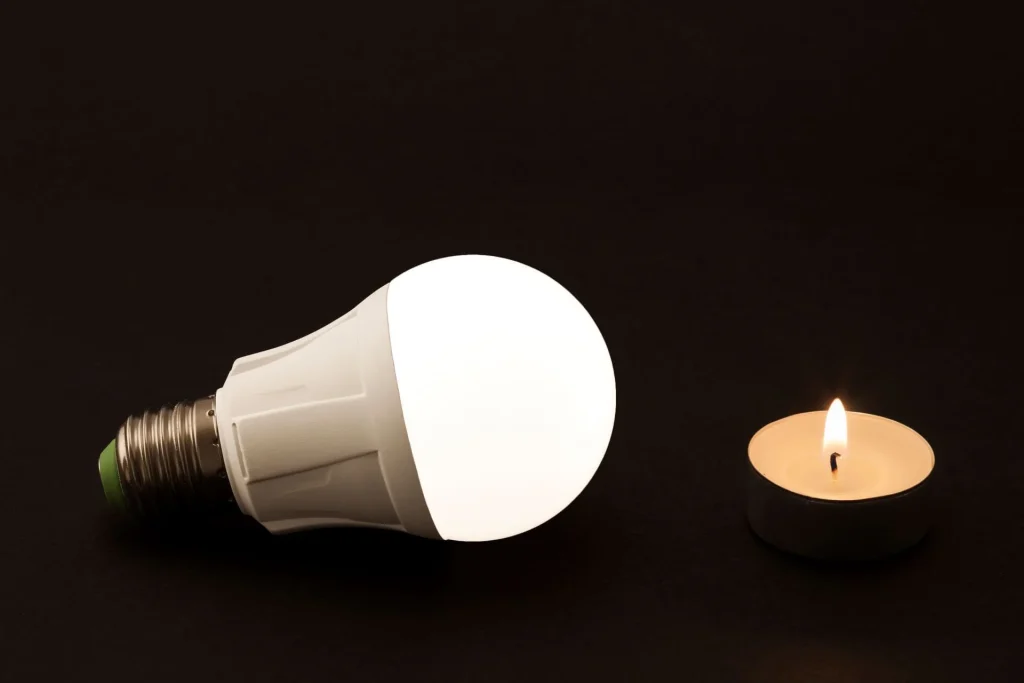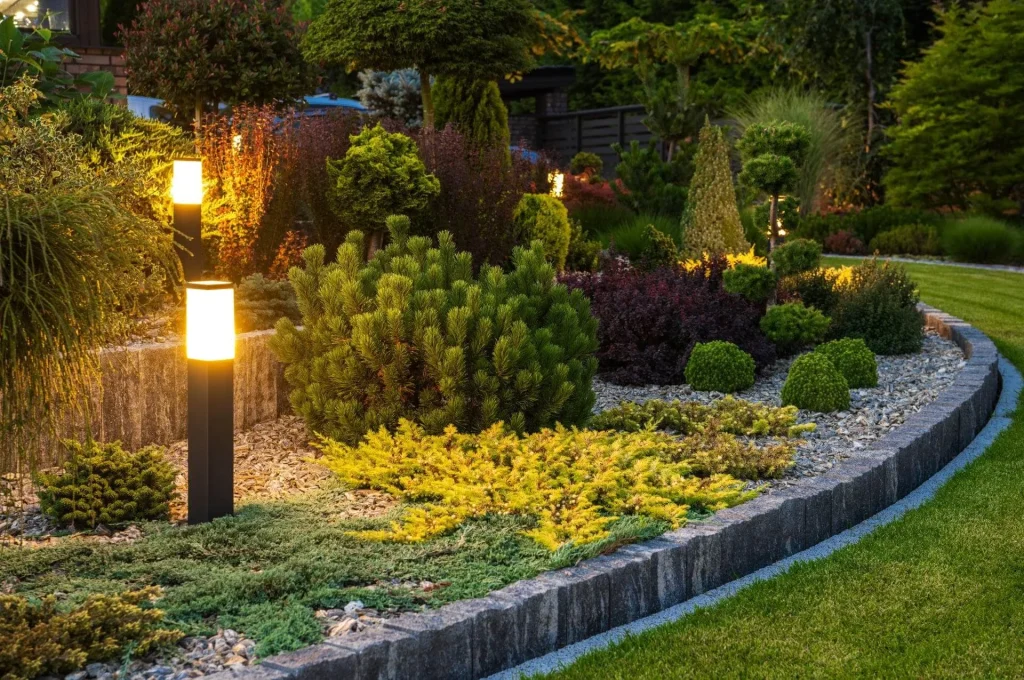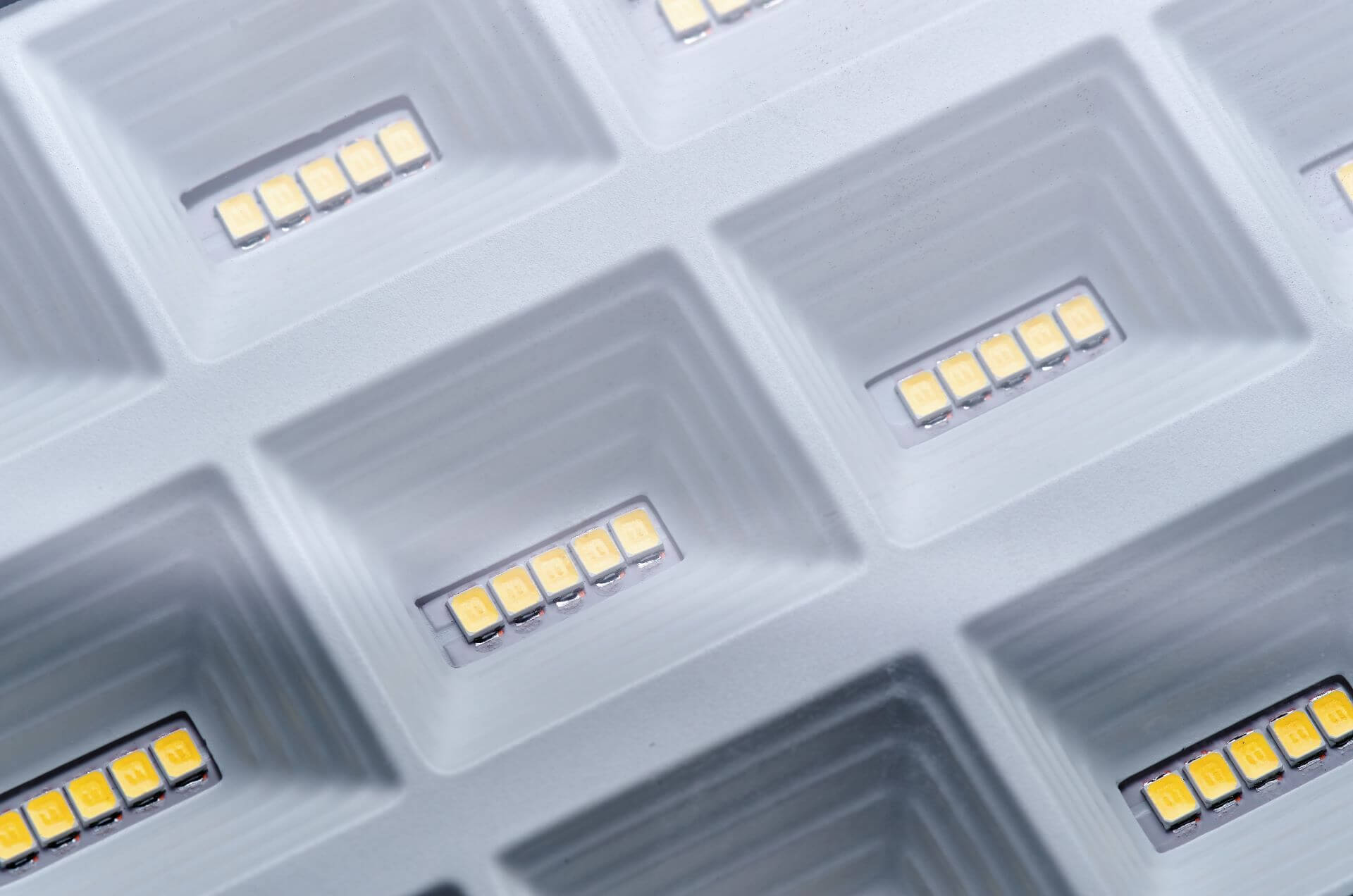Lighting equipment is an indispensable part of everyday living. We need them to provide visibility in darker or dimmer spaces, especially at night when there is a significant lack of natural light. However, it is important to recognize that because of how frequently we use lighting equipment, there comes a need to start considering details such as light output, energy costs, and the like in relation to what kind of lights you need in your Imus house and lot for sale, whether it’s colored or white light.
What Are LED Lights?
An LED bulb is one of the light bulbs that is a diode, given that the acronym “LED” stands for “light emitting diode.” A diode is an electrical device that allows electrical flow in only one direction. As a diode, LED bulbs are typically made from materials that are semiconductors, which are conductors of electricity that only allow electrical flow in certain cases.

LED bulbs differ from other light source in a number of ways. One notable difference is how LED bulbs do not simply just burn out after their lifespan has ended. Instead, the brightness of the visible light emitted by LED bulbs gradually dims over time; and this quality of LED lights is connected to their materials and design.
How Do LED Lights Work?
Understanding how LED bulbs work includes technical concepts and terms related to electrical circuits. As a diode, LED light bulbs are comprised of two semiconductors: an n-type semiconductor and a p-type semiconductor. These two semiconductors are called astringent materials, and they both have their electrical properties changed by being dipped into a doping agent to fit the purposes for which LED light bulbs are used.
A p-n junction is made through the combination of the n-type and p-type semiconductors in the design of the LED light. Once used, the LED light bulb allows electricity to flow in one direction through a microchip that lights up the LEDs within the bulb. The excess heat produced is absorbed through heat sinks within the LED light bulb.
Advantages of LED Lights

Light is emitted in a specific direction
Typical lighting devices emit light in all directions. LED bulbs, on the other hand, emit light in one direction, which is useful in providing light for specific places without having to think of covering up a part of the light bulb or buying additional accessories for lighting. The characteristic of emitting light in only one direction is also related to the reduction of energy consumption when using LED lights.
Light is immediately emitted when switched on
LED lights have no waiting time when it comes to being turned on or off. Upon switching on the power of an LED light bulb, light is immediately emitted and at full brightness. This makes LED lights different from other light sources that require a warm-up period, like fluorescent lamps or halide lamps. This makes LED lights incredibly useful in cases wherein a blackout occurs because once the power comes back in such cases, the LED lights will instantly turn on.
Furthermore, LED lights are not impacted by how many times you switch them on or off in your Imus house and lot for sale. For many other lighting products, frequent switching between being turned on and off can impact the lifespan of said lighting products. This is not the case for LED lights, which is why LED lights are typically used for displays that involve sensors or flashing lights.
Superior efficiency with energy
The main advantage that LED lights have over other types of lighting technology is their energy efficiency. The energy efficiency produced by lighting technology can be measured in units called “useful lumens,” which quantifies how much light is produced per consumption of power in watts of the lighting technology.
Compared to other lighting equipment, LED lights are observed to have one of the highest useful lumens. If you were to replace all of your lighting technology in your Imus house and lot for sale with LED lighting products, a 60-90% improvement in energy savings may be observed, making LED lights a smart investment when it comes to energy bills.
Furthermore, it is important to note that just because LED lights use up less energy than other lighting technology, it does not mean that LED lights produce less brightness than other lighting sources. LED lights are able to produce an average brightness of 4,000 lumens compared to the average brightness of 450 lumens for incandescent light bulbs and 2,400 lumens for CFLs.

Negligible excess heat
Many lighting sources like traditional light bulbs or incandescent lights are hot to the touch after being switched off or are switched on at the moment. This is because around 90% of the energy consumed by such lighting technology is converted into heat, with only the remaining 10% being consumed for the actual production of light.
LED bulbs like LED lamps are superior to incandescent bulbs in such cases since LED lighting since virtually all of the energy consumed by the LED lighting is converted to visible light. This is also useful in cases wherein LED lighting is used to light up artworks that can deteriorate due to UV rays or heat after prolonged exposure.
Durability is part of the design
Many traditional light bulbs like fluorescent lighting do not function well in colder temperatures. Such lighting technology needs higher energy consumption in order to produce light of the same level as it would in warmer temperatures. LED lighting does not face this kind of issue.
In fact, LED lighting performs even better in cooler temperatures by around 5%, which is why LED lighting is the ideal choice for refrigerators, meat lockers, and freezers. It is also why LED lighting is typically used in outdoor signages and parking lots. This makes LED lighting have greater durability than an incandescent bulb or fluorescent lamp.
Excellent lifespan
Another main advantage of LED lighting is its incredible lifespan compared to other lighting technology. This is because of the materials that the LED lighting is comprised of. LED lighting does not burn out like many other lighting technologies, but instead, experiences what is called “lumen depreciation” where the brightness of the light emitted gradually decreases over time.
Even then, however, LED lighting still lasts longer than the lifespan of other types of lighting equipment. Incandescent light bulbs have a lifespan of 750-2,000 hours, and fluorescent lighting has 24,000-36,000 hours of lifespan. LED lighting, on the other hand, has 35,000-50,000 hours of lifespan.
Read more: Different Types of Lights for Your New Home


